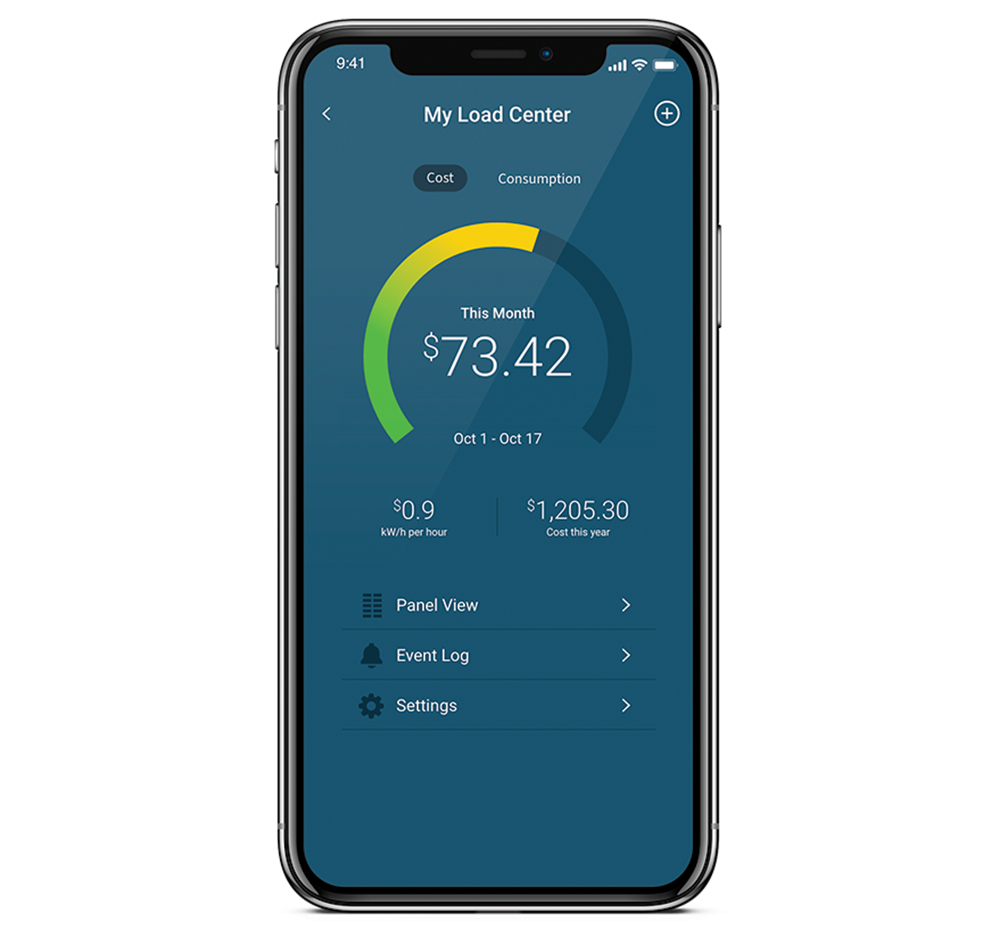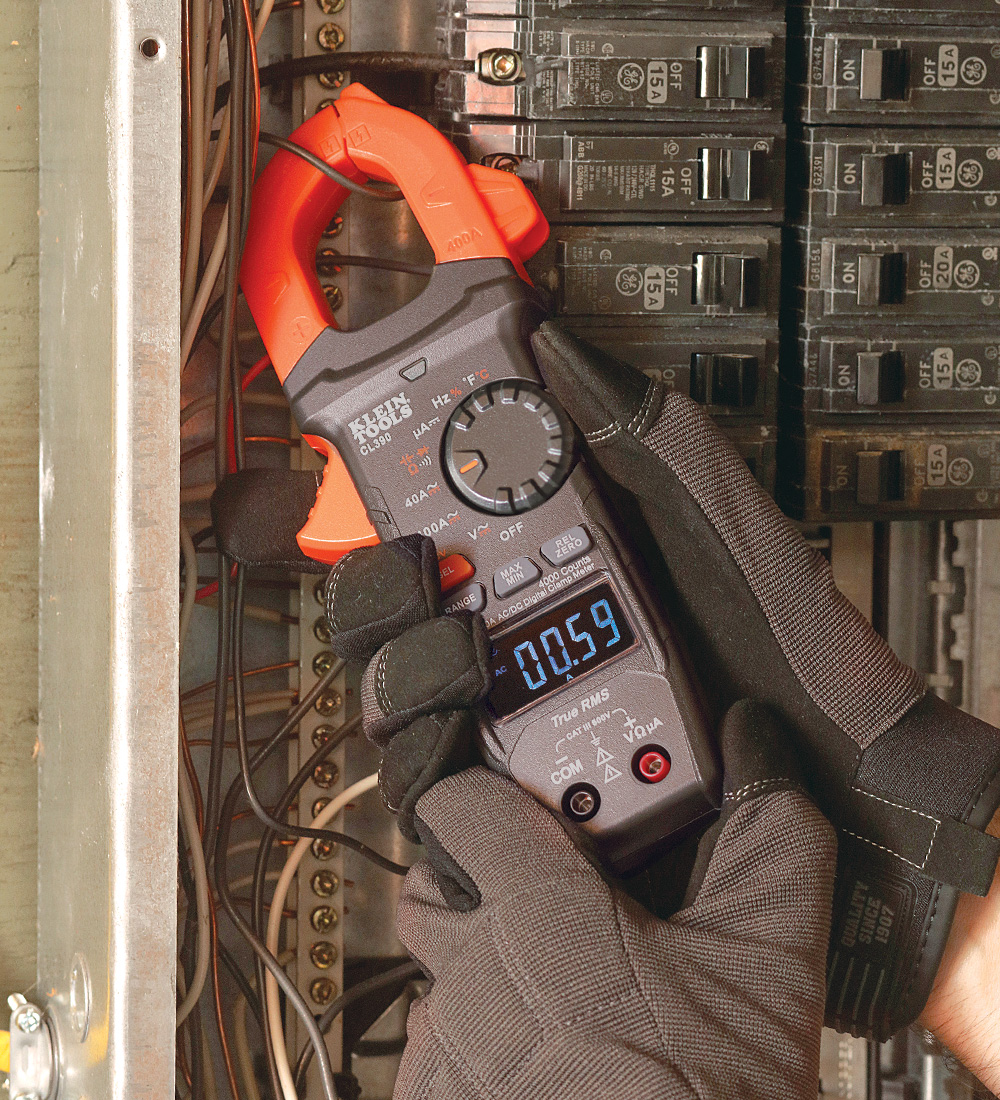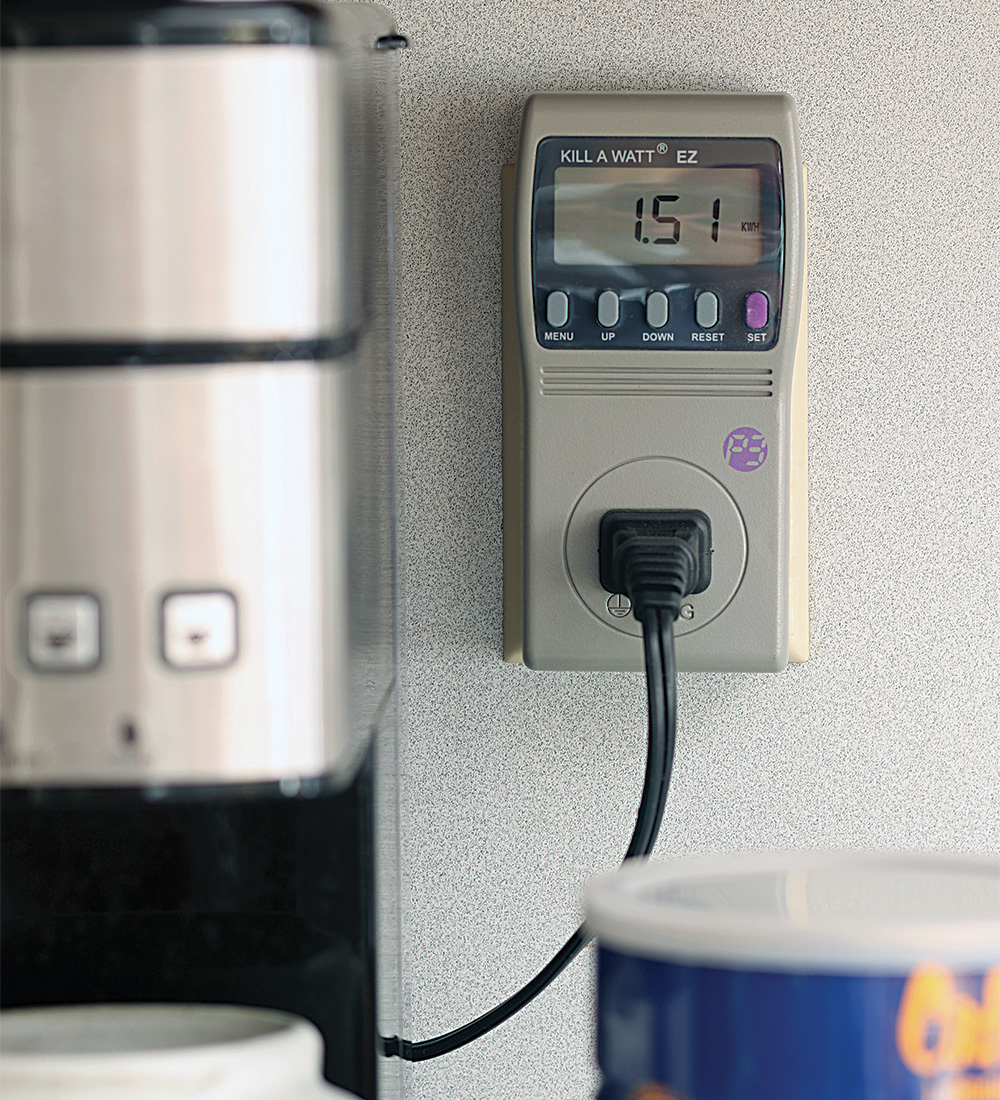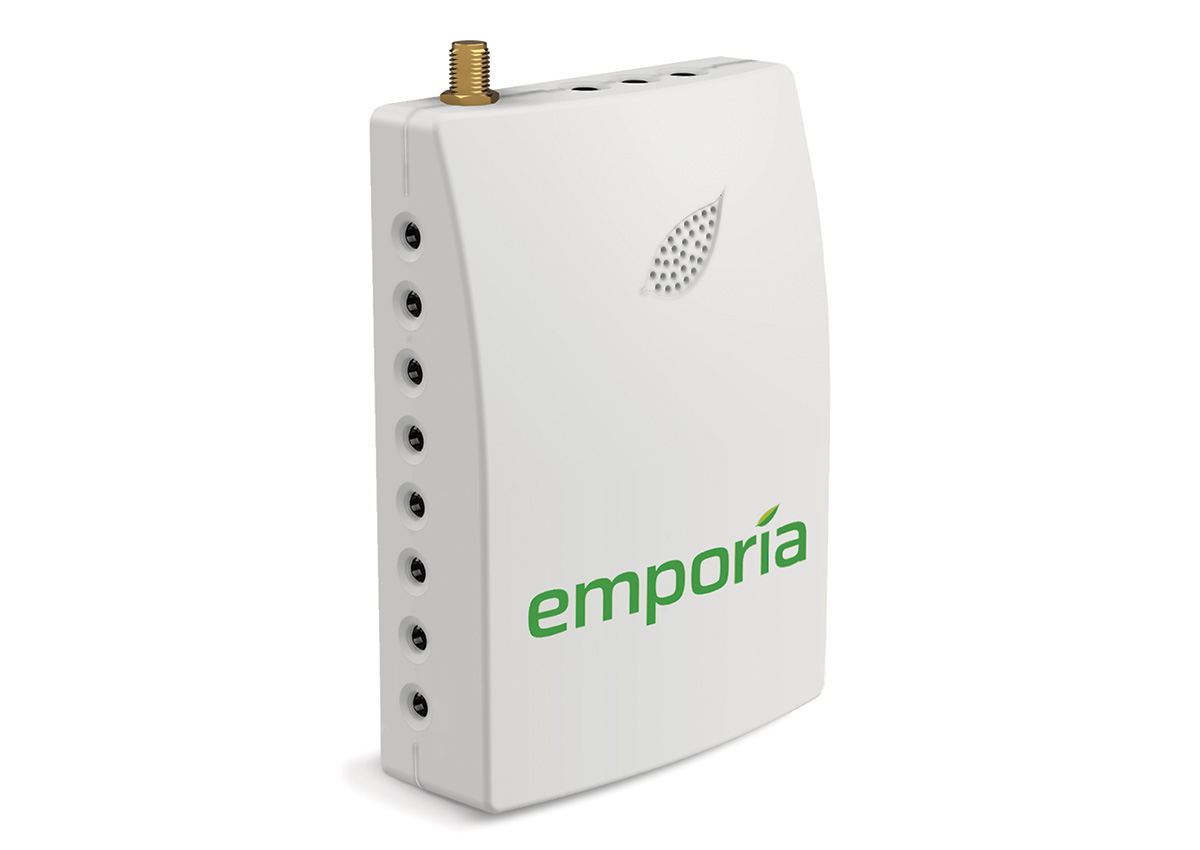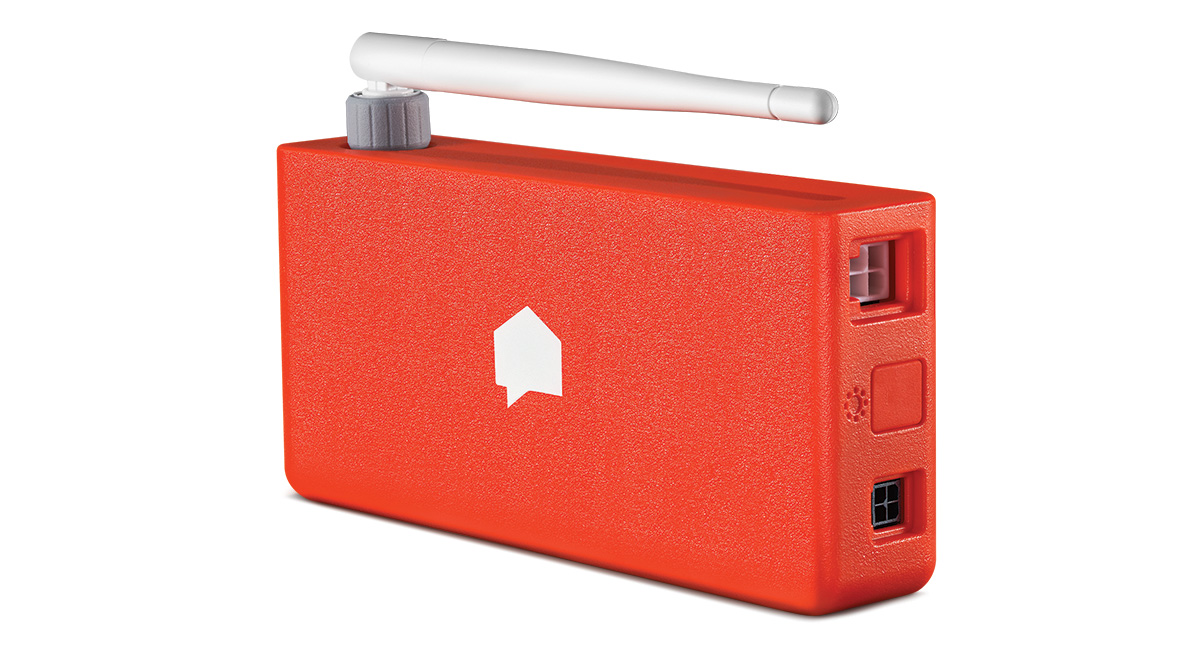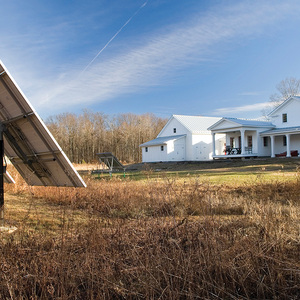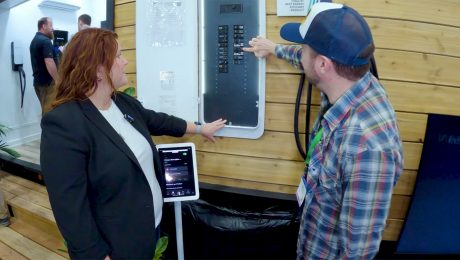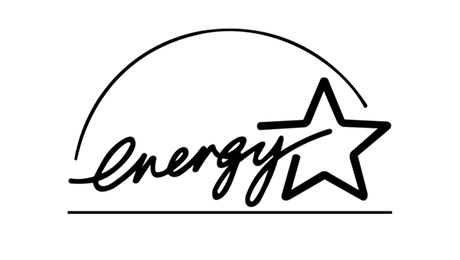Options for Smarter Home-Energy Tracking
Solutions for monitoring electricity usage for a more efficient home with lower bills.
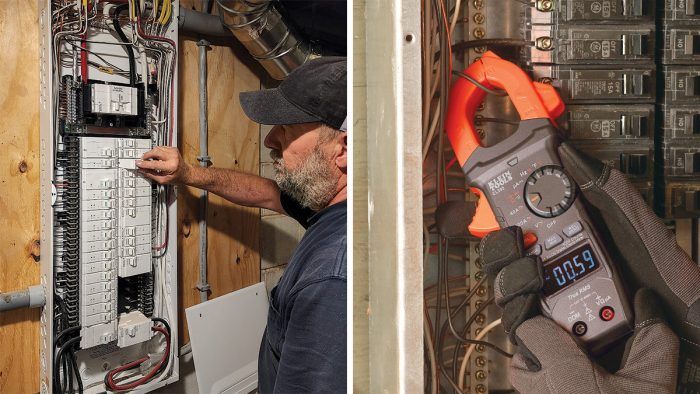
Synopsis: Energy monitoring helps homeowners gain awareness of their electricity usage so they’re able to make informed choices. The way electricity in homes is monitored has evolved over the years, and technology has advanced to the point where this functionality is now integrated into “smart” electrical panels. Travis Brungardt and Randy Williams dive deeper into the benefits of energy monitoring, going over both old-school and newer methods of tracking electricity usage.
A home’s electricity use is affected by many factors. The efficiency of the home, the type of equipment in the home, and the habits of the occupants all play a role. Until recently, monitoring electricity use required complicated equipment. That’s all changing.
New innovations allow for monitoring whole electrical panels or individual circuits through technology integrated directly into the panels or breakers. Other technologies that have been around for a while include aftermarket products that can be installed inside panels. There are also options that allow point-of-use metering or utility-usage monitoring performed directly though the utility meter. These electrical-monitoring options can be installed in both new and existing construction. Electricity usage is billed through an electrical meter that is usually located somewhere outside the home. These meters monitor watts consumed by the home and are billed in 1000-watt units, or 1 kilowatt. The current average electricity rate in the United States is around $0.14 per kilowatt hour (kwh). To figure out cost, multiply the kilowatt-hour usage by the rate.
These meters record usage for the entire electrical load of the home. Gaining a deeper understanding of specific electricity use will require some way to monitor individual electrical circuits or appliances.
The benefits of energy monitoring
Energy monitoring makes a user aware of their electricity usage so that they can make informed choices that allow for better outcomes. If they see that they are using a higher than expected or appropriate amount of electricity on an aging appliance, they might consider investing in a replacement rather than knowingly wasting money.
The same holds true about motivating behavior change regarding thermostat settings, or the classic “shutting off the lights” example. The modern version of this would more likely be replacement of bulbs with LEDs, but the gist is the same. The educated and informed user can make better investments or choices by understanding the cost of not doing so.
Monitoring electrical usage is also a great way to decide if and when to invest in solar panels. Producing an accurate picture of electricity usage allows homeowners, with the help of a professional, to better assess the size of the system that will work best for their home. This ensures a solar setup that meets a home’s electrical needs—and a return on the investment.
If someone already has solar, they might want to monitor their usage to determine if they should add more panels, if they need to clean them, or if they should consider other upgrades. If someone is using the most electricity at peak times and paying a premium for it, they might consider adding battery storage to an existing solar array. Knowledge is power—in this case, literally.
Aftermarket electricity monitoring
Several companies have developed energy-monitoring equipment engineered to be installed inside a home’s electrical panel. They all use some sort of clamp or doughnut that is fixed around a wire to record the energy flowing through that wire. Two popular choices today are the Emporia Vue and the Sense energy monitors. Both of these systems will provide good information as to where and when a home’s electricity is being used, which may result in a change to homeowners’ habits or lead them to replace an appliance with something more energy efficient.
Emporia Vue
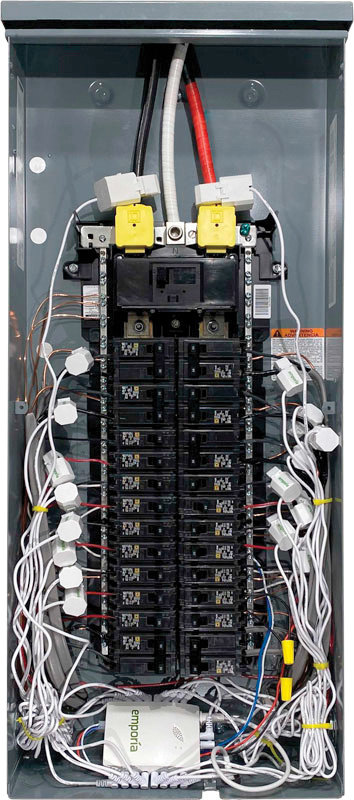
The Emporia Vue works by installing a clamp-on current sensor around a wire. There are options to monitor only the main service conductors feeding the electrical panel (in other words, the entire service panel) or to add up to 16 smaller clamp-on current sensors to monitor individual branch circuit wires in the panel. This second option will provide the most detailed information on a home’s electricity usage. All of the sensors are plugged into a central hub.
The hub communicates via Wi-Fi with the Emporia Vue app, where you can view data in real time and the information is recorded for later. According to the manufacturer, 1-second data is retained for 3 hours and 1-minute data for 7 days, and the 1-hour data is retained indefinitely.
One of the drawbacks is the more sensors you add, the more cluttered the inside of the panel becomes. All those clamp-on current sensors and associated cables take up a large amount of space inside the panel. Also, any changes to the panel will require more time to remove or relocate the equipment.
The Sense
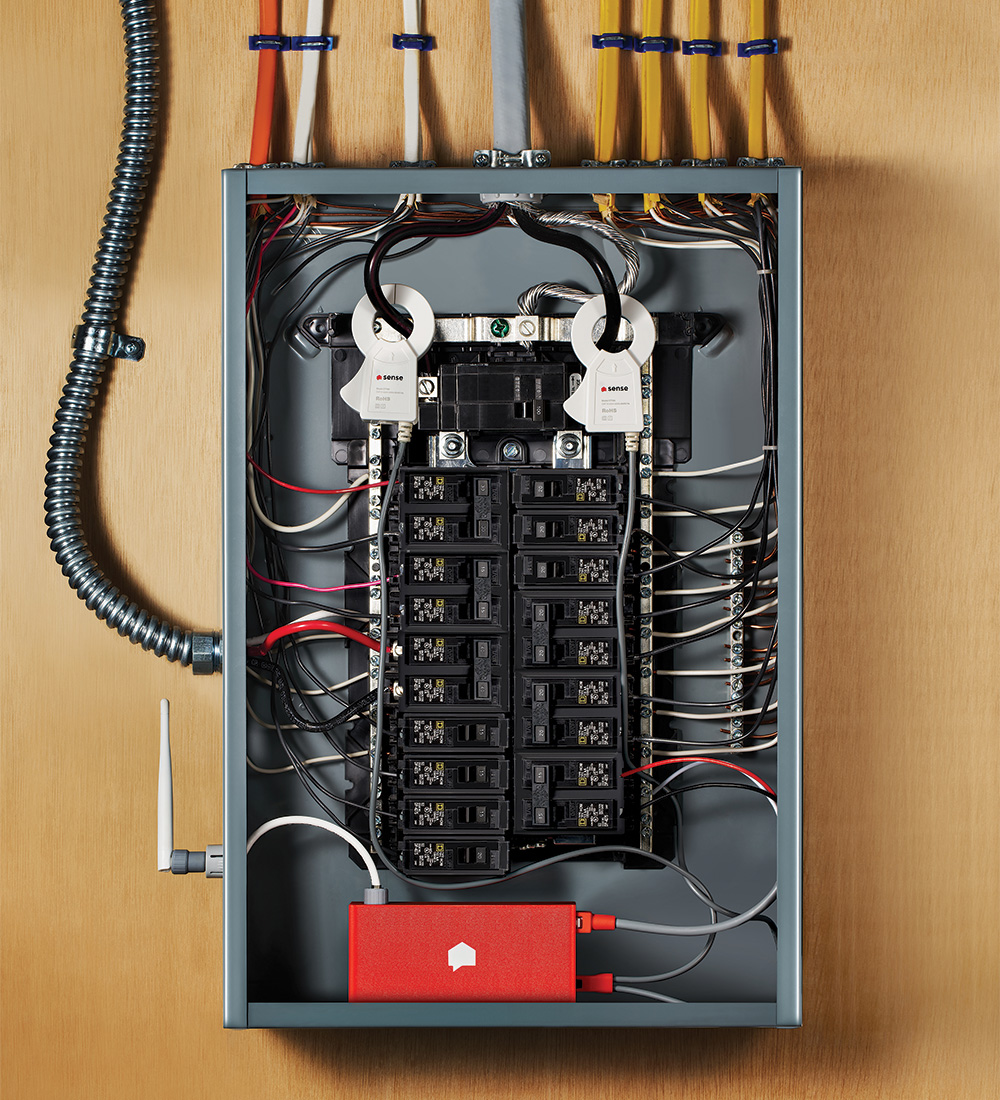
The Sense also uses a central hub with one set of clamp-on current sensors installed on the main service conductors feeding the electrical panel. Rather than additional clamp-on sensors for monitoring individual branch circuits, the system “learns” the electrical usage of the different appliances and devices in the home through machine learning detection. Over time, the system will be able to differentiate between the electrical equipment and track energy use separately.
Data is available in the Sense app, which lets you see real-time energy usage, trends over time, and even what’s turned on in your home. There may be some errors in recognizing which equipment is operating at any given time when using the Sense, but the overall electricity usage of the home will be accurate, and there is a lot less equipment and wires cluttering the electrical panel.
Old-school methods of monitoring
Checking electrical usage by an individual circuit can be done with a device called a clamp-on amp meter. Clamping the meter around a specific branch circuit within the panel will show the electrical draw, usually displayed in amperage. Because electricity isn’t billed in amperage, a quick calculation will be needed to convert amperage to wattage: voltage multiplied by amperage equals wattage. The drawback with this monitoring system is that it only gives you consumption data for a specific point in time. There is no ability to record ongoing usage with most clamp-on meters.
Another old-school method for monitoring energy use is a plug power meter. These plug-in devices have been around for a few decades and can be very useful in monitoring and recording electricity usage by individual appliance. One of the most popular models is the Kill A Watt meter. To use this type of electricity monitoring device, you simply plug the meter into an outlet and then plug the device or appliance being monitored into the meter. These meters show the use of only the electrical device plugged into the meter and are limited to 120v circuits. Some units are capable of recording usage over time or can automatically calculate electricity consumption of the appliance.
Smart service panels and breakers
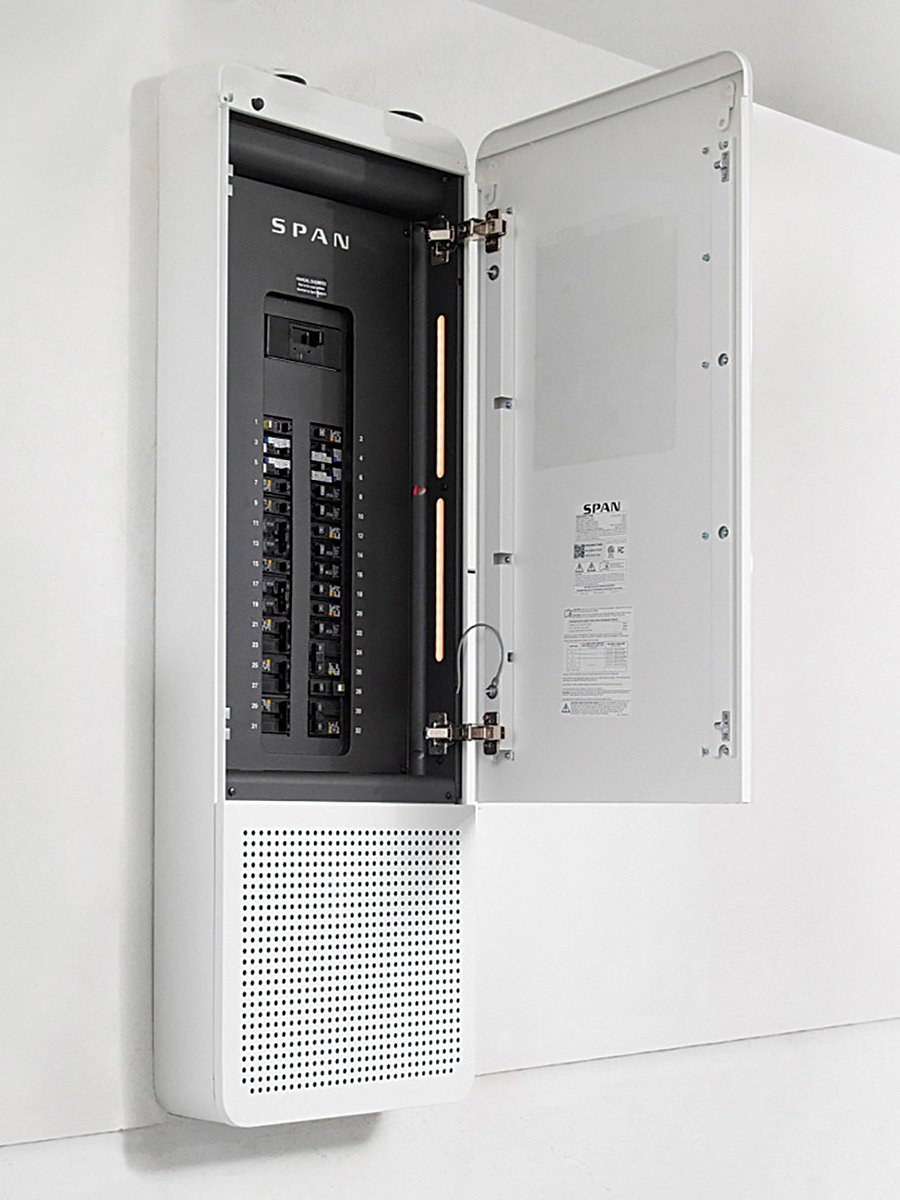
In a new home, there are options to include energy-usage monitoring technology without the need for an aftermarket solution. There have been a number of advancements in the last decade from panel manufacturers themselves for monitoring energy use, most of which rely on Wi-Fi-enabled “smart” breakers that transmit data through a hub to an app on the owners smartphone in order to share information about usage or provide remote-control access to that breaker. There are various levels of control among the different products, but the basics are very similar despite the different proprietary gear in the field or the unique brand of the application on the user’s smartphone.
Span Panel
The 32-space Span Panel load center includes a hub that transmits the usage data from each circuit to the Span app. Span also has a compatible EV charger, the Drive module, which in conjunction with the Span panel and app allows the user to direct solar-generated power to the EV charger rather than back to the grid (since utilities often buy back power at a lower rate than they sell it for). Span offers both standalone new-construction panels for indoors, as well as an exterior meter base with integrated panel cabinet similar to the Square D Energy Center (below). Both solutions lack a proprietary breaker and require only standard 1-in. circuit breakers.
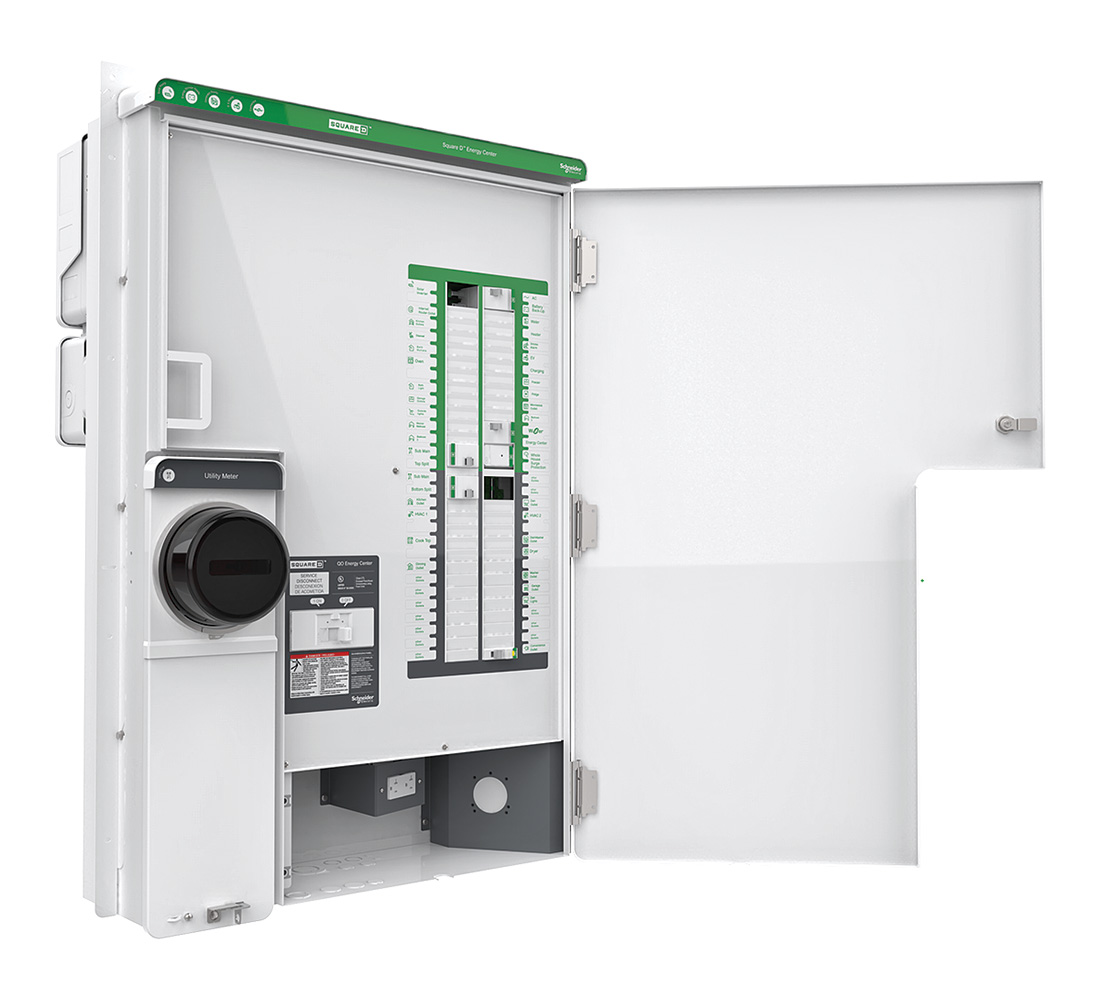
Square D Energy Center
The Square D Energy Center is a more all-in-one approach. This single cabinet of hardware includes the meter base and 60-space panel, and is both solar- and generator-ready. It provides real-time energy-use data and allows you to control individual power circuits in your home with the accompanying smartphone app.
Energy Management Circuit Breaker
Eaton offers what it refers to as the Energy Management Circuit Breaker (EMCB), which allows for real-time energy-use monitoring, scheduling, notifications, and remote on/off control through its associated Smart Energy Manager app. This functionality is similar to the Square D and Leviton smart breakers, but since Eaton’s EMCB is compatible with both new and legacy BAB and BR load centers, it has even greater potential for adoption. Any single- and two-pole BR breaker from 15 amp to 50 amp are currently available and could be swapped into any existing BR panel with full functionality.
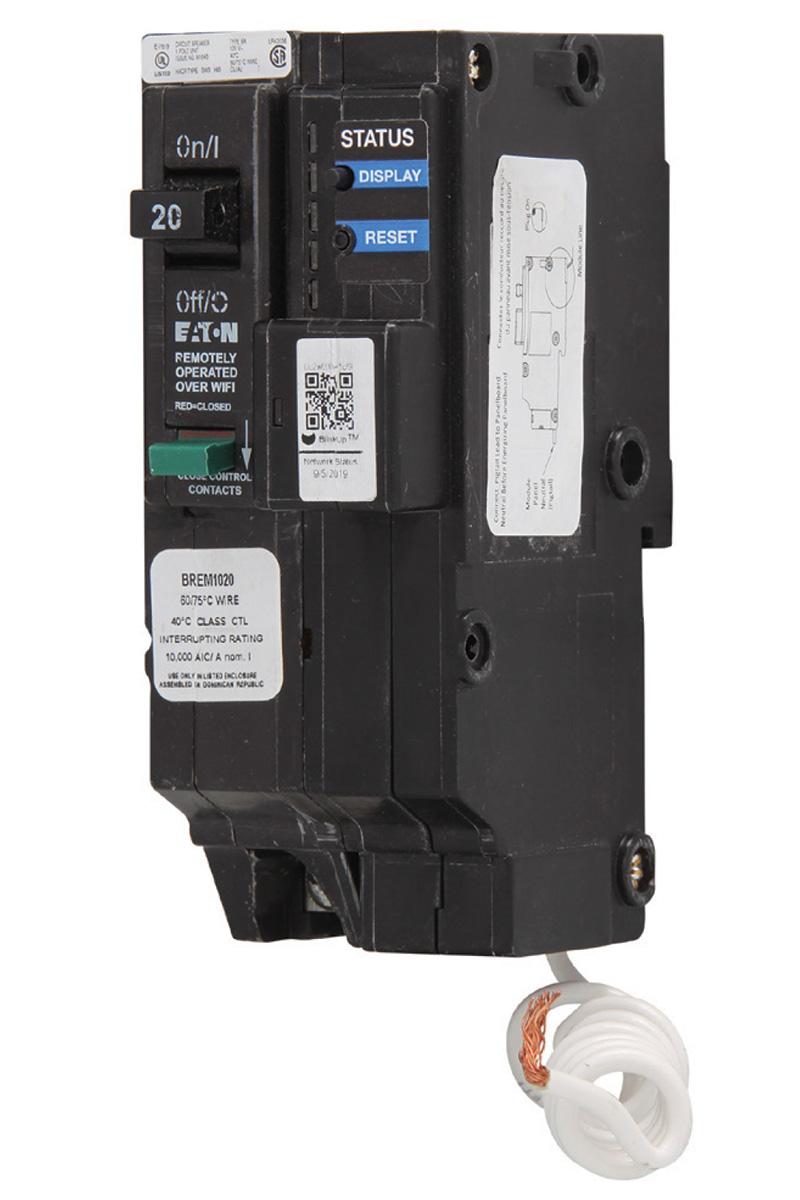 |
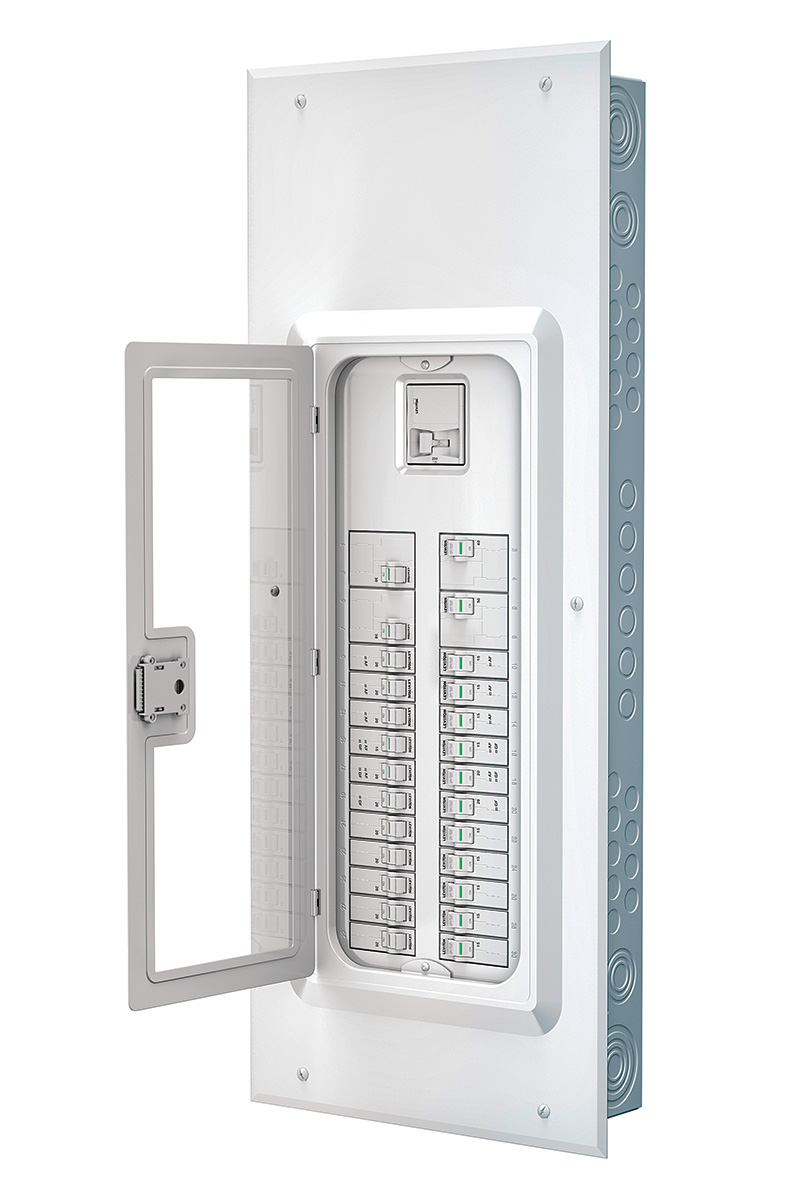 |
Leviton 42 Space Load Center
The Leviton 42 Space Load Center utilizes smart circuit breakers with Wi-Fi capability and a hub to transmit data to a smartphone app. With the Wi-Fi-connected breakers in place, the user has access to energy-use data specific to individual circuits—potentially all of them exclusive of the main. There is also an alert feature and remote control to allow the user to trip a breaker from their phone if they so desire. This function could be useful if a problem were detected or for circumstances like forgetting to turn off the electric water heater at the cabin after returning home from a weekend away.
New utility-meter technology
An electrical utility meter is used to record the energy consumption of a home for billing purposes. The older style of these meters were simply dials that spun or rotated as electrical current passed through. Someone had to physically read the meter every month. The modern version of an electrical meter is much more advanced. This version transmits time-specific usage data to a central hub. Consumption data can be transmitted via power lines or by radio frequency. This results in the need for towers to receive and/or repeat the signal. Cellular transmission is another option. The meter transfers data using existing cellular communication networks. These newer meters can recognize a power outage and relay that information to the electricity provider.
Modern electrical meters also have the capability to record electricity usage. Usually, this information is provided in daily or hourly increments, revealing the periods of time with the highest electricity usage. Some of the more advanced meters can record usage down to the minute. An analysis of this information can show when individual equipment inside the home turns on and off. If you understand how much electricity an appliance uses, often you can identify which appliance is in operation.
Both the old-school methods of checking and monitoring electrical usage and receiving metered data from an electricity provider will show electricity usage, but some newer technologies make it easier than ever to track where power is being used. This is helpful—arguably essential—data when assessing electrical needs to improve the overall efficiency of a home or to size a solar-panel system, or simply in order to better understand the electrical usage of your residential clientele.
Travis Brungardt is co-owner of Catalyst Construction in Prairie Village, Kan. Randy Williams conducts energy audits and assessments and is the voice behind northernbuilt.pro.
Photos by the manufacturers, except where noted.
From Fine Homebuilding #311
RELATED STORIES
